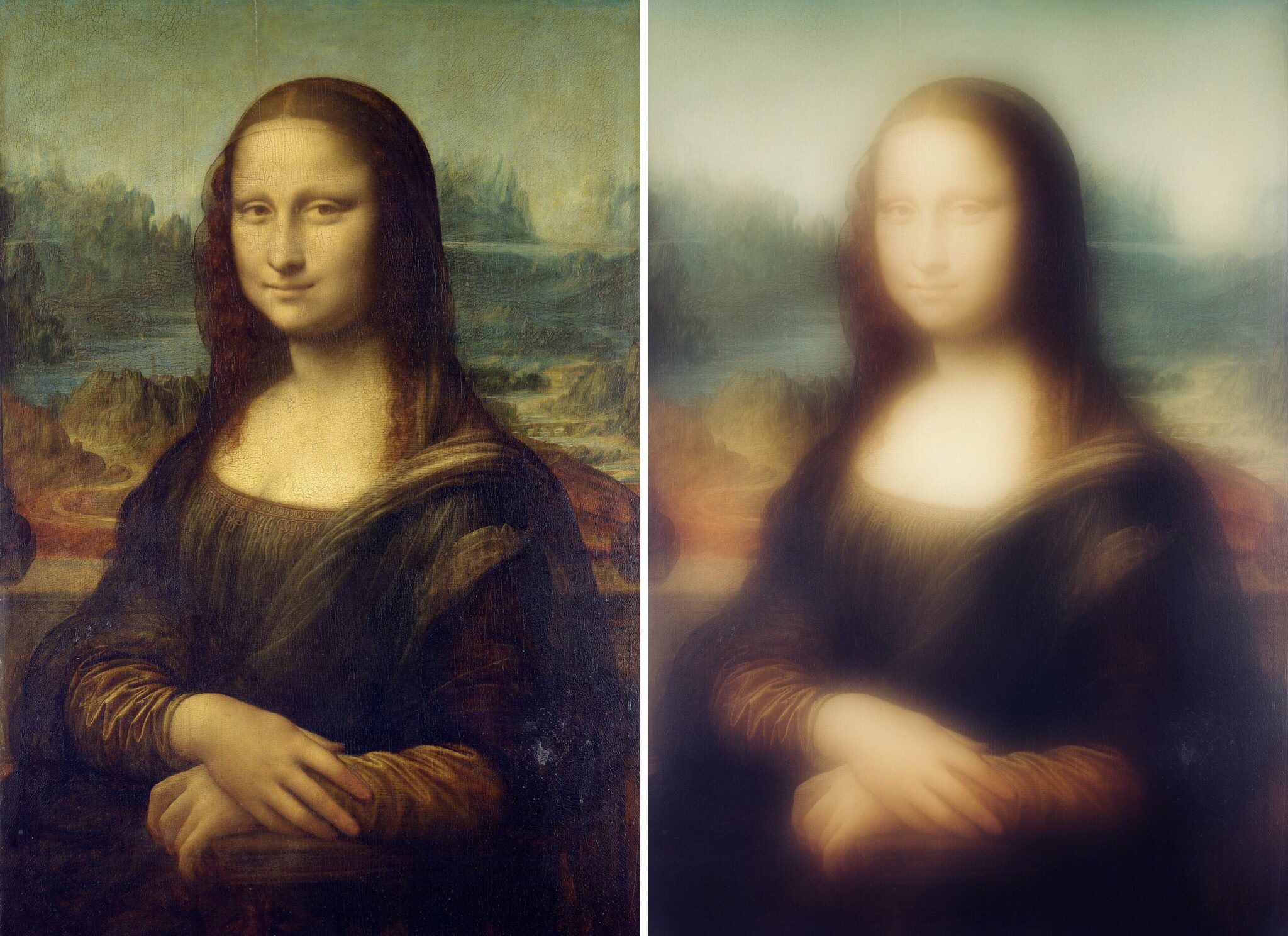
Painting is a form of visual communication, which artists employ to represent phenomena, explore narratives, convey emotions and evoke responses within their viewers. Artists, or “visual scientists” as neurobiologist Margaret Stratford Livingstone PhD prefers to call them, essentially use visual language to translate their perceptions into illusory physical objects. Visual impairments, however, can substantially distort these perceptions and influence the work of artists in interesting ways.
Imperfect Vision, Flawless Masterpieces
Neurons in the brain typically produce stereoscopic vision, enabling humans to see depth by horizontally combining the two flat and slightly different images perceived through each of our eyes. Upon examining the eye positions rendered in numerous masterful self-portraits of Dutch painter Rembrandt van Rijn, experts agree that it is extremely likely that the 17th century artist suffered from eye misalignment and stereo blindness.
Another master artist by the name of Leonardo da Vinci is believed to have suffered from eye misalignment, after researchers discovered signs of intermittent exotropia throughout a variety of his works.
Da Vinci and Rembrandt’s visual impairments would have been an artistic advantage, however, in that while seeing the world in a flat two-dimensional way they could thus paint observations with greater accuracy.
Vision Changes, Artistic Shifts
A myriad of physical and mental changes transpire as we age, and artists are certainly not immune to visual impairments later in life. American artist Georgia O’Keeffe developed age-related macular degeneration, which greatly impacted her central vision well into her career and resulted in a substantially flatter and less detailed painting style.
French impressionist painter Claude Monet suffered from cataracts, which resulted in blurrier paintings and transitioned his palette towards notably muted colors. Fortunately, after successful cataract surgery, Monet’s paintings regained their clarity and color vibrance.
Conceptual Purity, Scientific Facts
Studying the science behind artistic accomplishments can be a delicate endeavor, as we typically think of master painters as mysterious geniuses and enjoy revering their unusual talents. Taking perceptual impairments into account, however, leads to changing our own perceptions towards numerous treasured works of art.
“There’s some reluctance among people in the art world to look outside the historical or psychological influences on the great artists. I’m open to debate about what these visual changes might mean stylistically or aesthetically. What is not open to debate is what the artists saw. If you ignore that, you’re ignoring facts.” – Michael Marmor, MD

